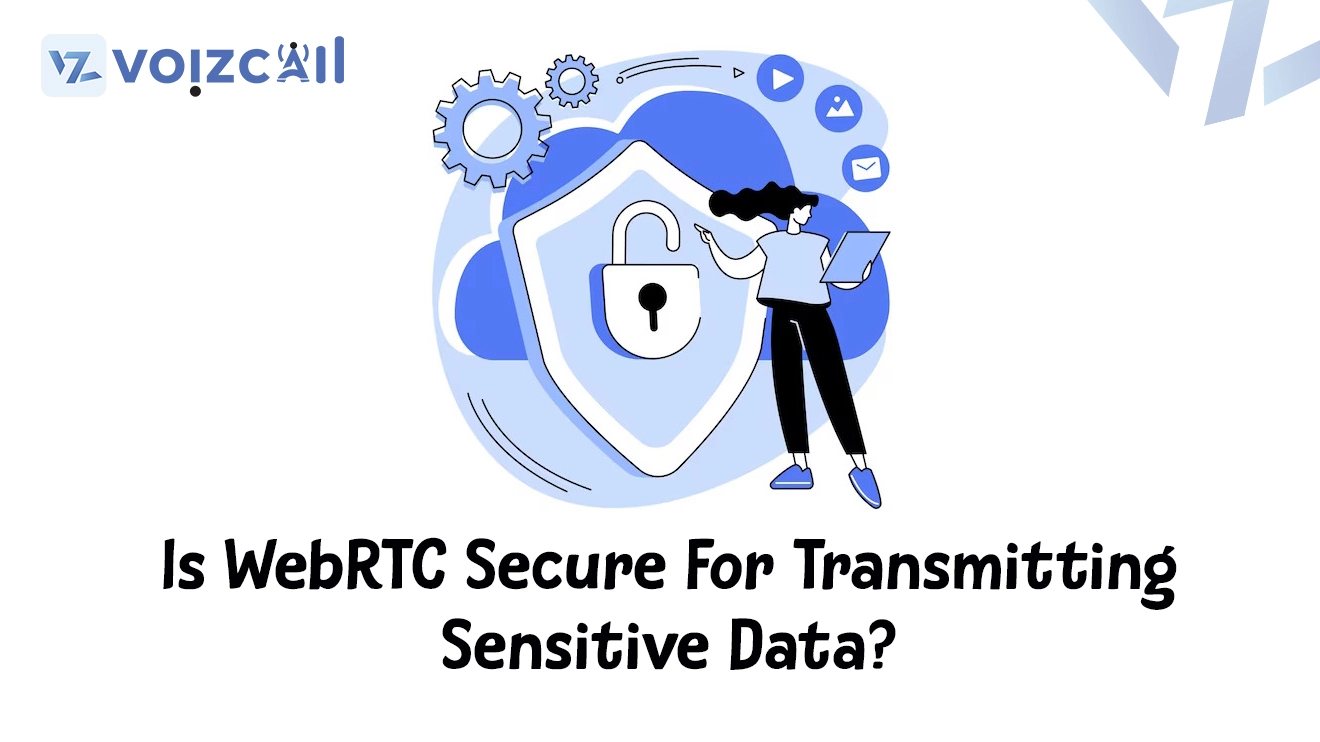


29/Jan/2024
WebRTC, renowned for its real-time communication capabilities, offers a secure environment for transmitting data. However, when it comes to highly sensitive information, a nuanced approach is crucial.
Inherent Security Features:
WebRTC incorporates several security features:
1. Encryption: WebRTC employs end-to-end encryption, ensuring that data shared between peers is protected from eavesdropping. This encryption uses secure protocols like Datagram Transport Layer Security (DTLS) for media encryption and Secure Real-time Transport Protocol (SRTP) for securing audio and video streams.
2. Secure Signaling: The signaling process, responsible for initiating and managing communication sessions, is integral to WebRTC security. Developers can implement secure signaling protocols such as HTTPS to safeguard the exchange of session control messages.
Considerations for Sensitive Data:
While WebRTC provides a robust foundation, transmitting highly sensitive data warrants additional precautions:
1. Signaling Channel Encryption: Ensure that the signaling channel, responsible for coordinating communication between peers, is encrypted. This prevents potential vulnerabilities in the exchange of session control messages.
2. Network Security: Assess the network infrastructure to guarantee a secure environment. Employing Virtual Private Networks (VPNs) and Transport Layer Security (TLS) for additional network layer encryption enhances security.
3. Authentication Mechanisms: Implement strong authentication mechanisms to validate users participating in the communication. This adds an extra layer of security, especially when dealing with sensitive information.
4. Data Masking and Tokenization: Consider techniques like data masking and tokenization to further protect sensitive information. This ensures that even in the event of a breach, exposed data remains indecipherable.
Conclusion:
While WebRTC provides a secure foundation for real-time communication, the nature of sensitive data demands a comprehensive security strategy. Developers should leverage the inherent security features of WebRTC and complement them with additional measures to ensure the utmost protection when dealing with confidential information. Always adhere to best practices and stay abreast of evolving security standards to fortify WebRTC-based applications against potential risks.